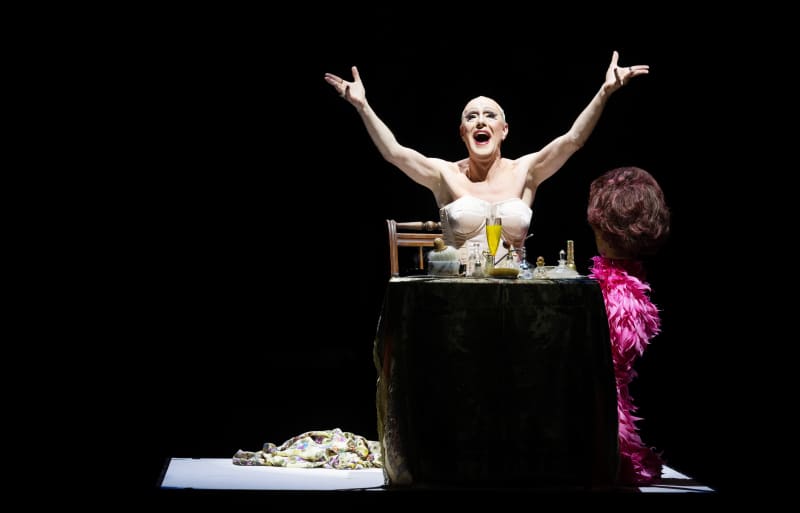Drag musicals are a hit phenomenon in Finland and around the world. They are more than glitter, high heels and ostrich feathers. For the rainbow people in Berlin, they are a human rights issue.
The uniqueness of the evening is immediately noticeable. The warmth of the Berlin opera house is full. And for once women are in the minority.
There are many men and male couples of different ages. Some are spectacularly dressed in glitter and one has a rainbow beard.
We are here for the musical *La Cage aux Folles*. It’s yet another example of drag and queer musicals that fill theaters here and elsewhere.
During his 10-year season, which ended last summer, Kosky managed to attract even those who don’t normally go there to the opera.
He is known for artistically high-level, provocative and crazy instructions. They are loved and hated.
– During his directorship, Kosky clearly gave the Komische Opera his own face and wiped the dust from the institution. And since Kosky is openly gay, I was curious to see how he would do *La Cage aux Folles*, says Gießmann.
The AIDS crisis cut short the flight
It was revolutionary at the time: the first musical on Broadway to star a two-man couple. However, the premiere fell in the middle of the AIDS crisis and the homophobia it incites.
Director Barrie Kosky saw the New York premiere when he was 16. At that time, *La Cage aux Folles* was supposed to be a proud celebration of gay culture, but due to the AIDS crisis, it became a grim fair for the soul.
– The party turned into survival. By the end of the New York season, half of the cast had died of AIDS. It’s still shocking, Kosky describes in the manual.
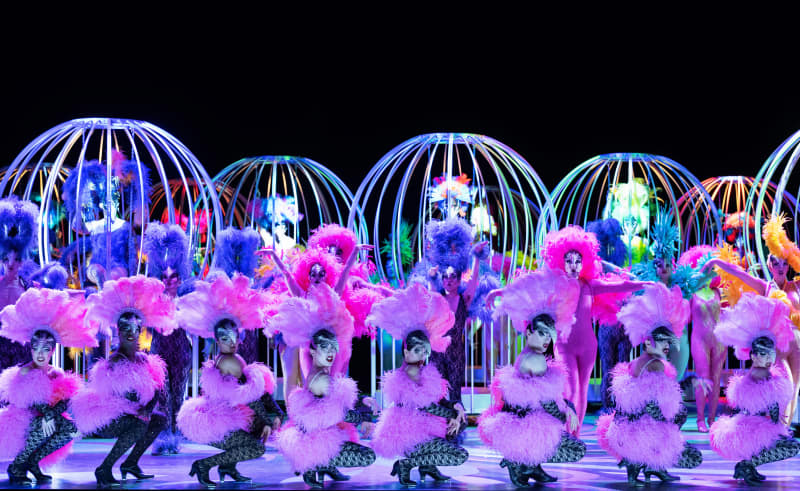
I got a role I can’t fit
*La Cage aux Folles* is about a couple: men, one of whom owns a nightclub and the other performs as its brightest drag star, Zazana. The couple has a son who is getting married.
Fortunately, the bride’s father is a conservative politician who hates gays. So the groom’s parents have to pretend to be a hetero couple because of the boy’s in-laws – with catastrophic consequences.
This dilemma is also connected to the musical’s most famous song, the touching drag number *I am what I am* performed by Zaza. It describes Zaza’s pain when he is required to hide his true self and pretend to be something other than what he is.
In Finland, the musical has been performed under the name *Lainahöyhenisä*.
Watch the show’s trailer here.
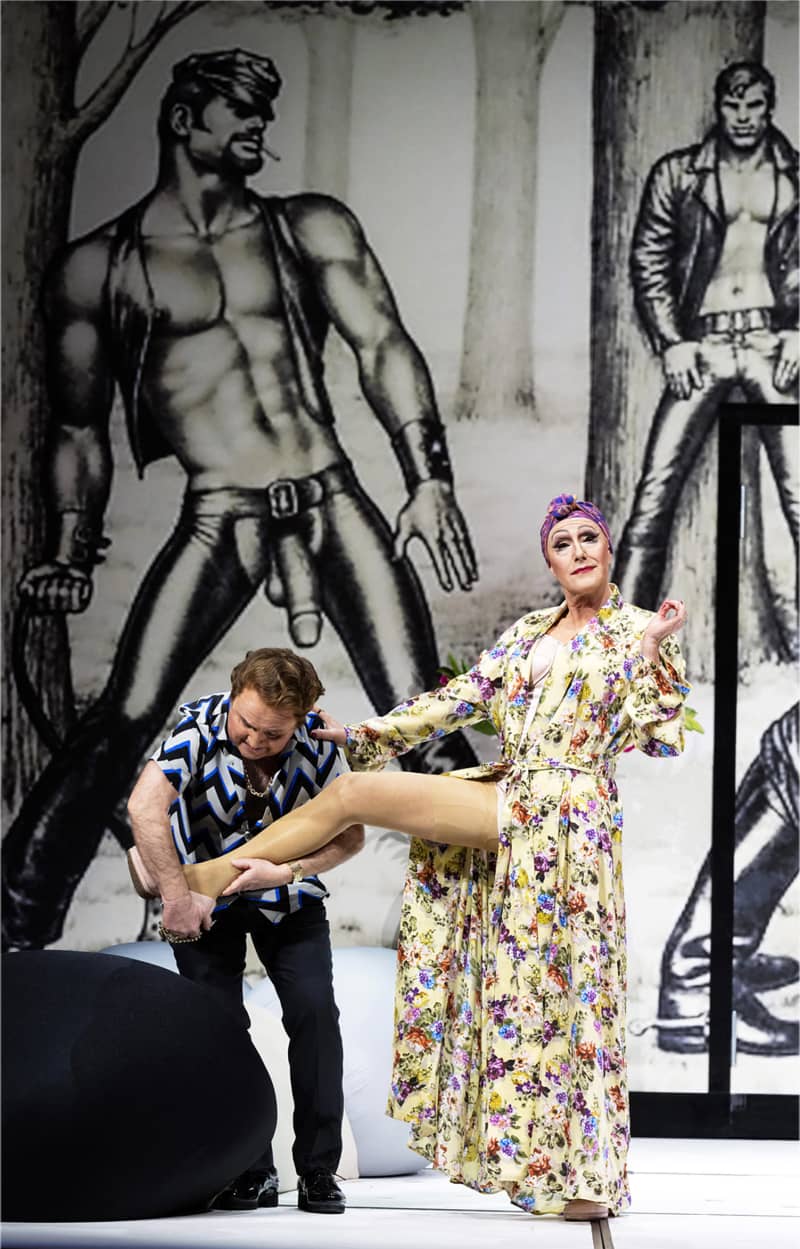
Noch einmal: one more jumping jack!
Kosky has a habit of breathing new life into dusty classics. And so he does now. Berlin’s interpretation is riotous, downright grotesque and brash.
Kosky has directed the scenes to be frantic like a striptease: jumping splits are done one after the other – not just one – but as many as six.
The outfits of the drag queens are just enough too revealing, the kisses just enough too long and the giggles just enough too loud that you have time to become aware of them, until the show plunges into completely different tracks again and something new to see pours onto the stage.
The atmosphere remains warm and loving. The very fact that *La Cage aux Follesia* is performed in a state-supported opera makes the show extraordinary. At their best, there are 50 dancing, singing and tapping drag queens on stage and more than 30 musicians in the orchestra.
For comparison: in Finnish musicals, an orchestra of ten people is already big.
The ensemble of the Komische Oper performs an opera one night, an operetta on another and a musical on the third. You can see the versatility. *La Cage aux Folles* is the best show you can see in Europe.
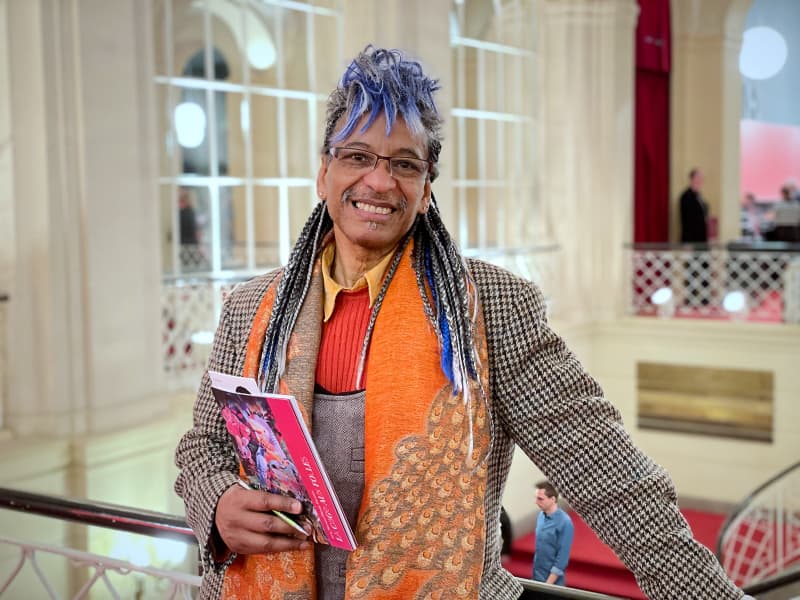
Drag became mainstream
In recent years, drag and queer musicals have grown into big box office magnets in Finland as well. *Kinky Boots* and *Priscilla* have been shown in Helsinki and Tampere, *Cabaret* and *Tom of Finlandia* in Turku.
The themes of the musicals are related to the lives of sexual and gender minorities, but the performance venues are not side alley queer clubs, but big stages in big theaters.
And there are enough viewers. In Great Britain, *Everybody’s Talking about Jamie* is on tour. In Berlin, the spring season of *La Cage aux Folles* sold out in no time.
– Nowadays, society is more tolerant than before and we have worked a lot for that. And that’s exactly what we’re celebrating with *La Cage aux Folles.* It’s not just about laughter, it’s about our fight, our worries and our love, he says.
At the same time elsewhere
Peggy Gießmann thinks that the popularity of *La Cage aux Folles* is explained by the fact that the themes of the musical are still relevant 40 years after the premiere.
– We have to be very careful that conservative politicians do not take away the freedoms that have been fought for. Especially in Germany, where the right-wing populist AfD (Alternative for Germany) party sits in the parliament, the rights of LGBTQ people must be defended, says Gießmann.
At the same time, while on the one hand we are celebrating with carnivalesque queer musicals, on the other, hostility towards gender and sexual minorities rears its head.
– That is why it is important that you can feel safe here. LGBTQ people have not always been seen on stages, and especially not on opera stages. When it is, we are made fun of. It’s important to feel represented, Esponda says.
In his opinion, the show also defends the rights of rainbow families and shows that family doesn’t just mean shared DNA, but people who support and love no matter what.
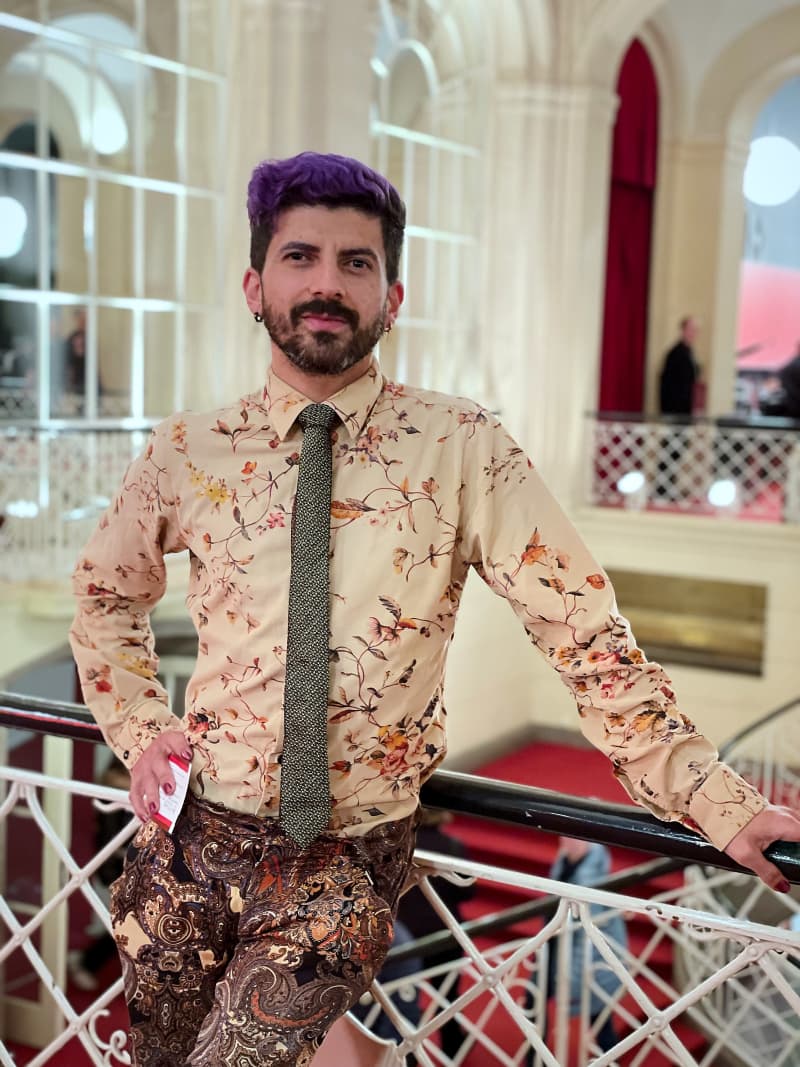
\”We too have our ups and downs\”
– Nowadays, these gentlemen are allowed to show their love for each other openly. Some of them are probably married. To me, they represent all those love relationships that are based on mutual voluntariness and mutual respect, says Kinnius.
– Unfortunately, for some people, homosexuality still represents something mysterious and evil. Such performances show in a playful way that our lives are normal and have their ups and downs, says Kein.
In Krück-Kein’s opinion, the message of the show is that true love, trust and respect overcome the problems that arise in life.
– The play also shows that gay couples can grow old together and love their partner despite age and adversity, says Krück-Kein.
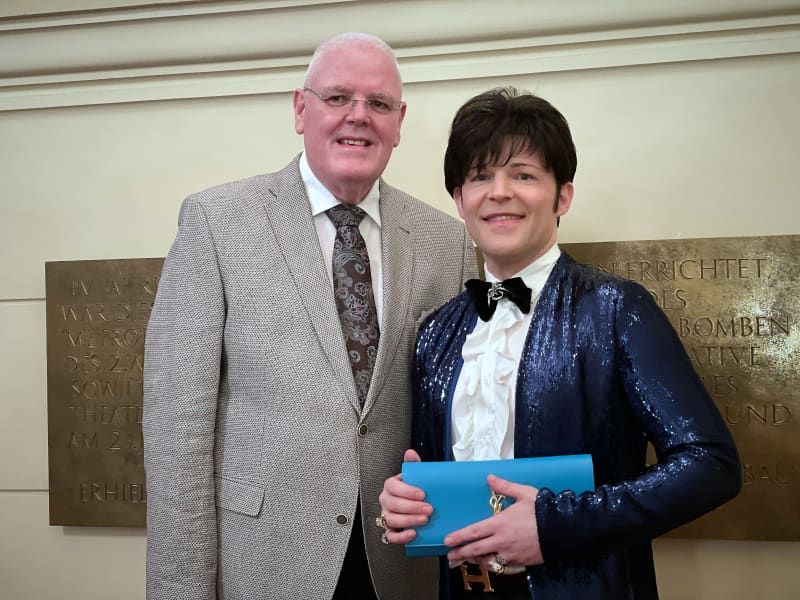
Ich bin was ich bin
When the curtain comes down, a ten-minute standing ovation begins. They are a tough deal anywhere. They are especially tough in a traditional opera house, where a drag musical has just been seen.
Peggy Gießman and Melanie Kinnius describe their mood after the performance as happy and ecstatic.
– In moments like this, I am grateful that I get to live in Germany, where it is written in the constitution that human dignity is inviolable, Kinnius sums up.
